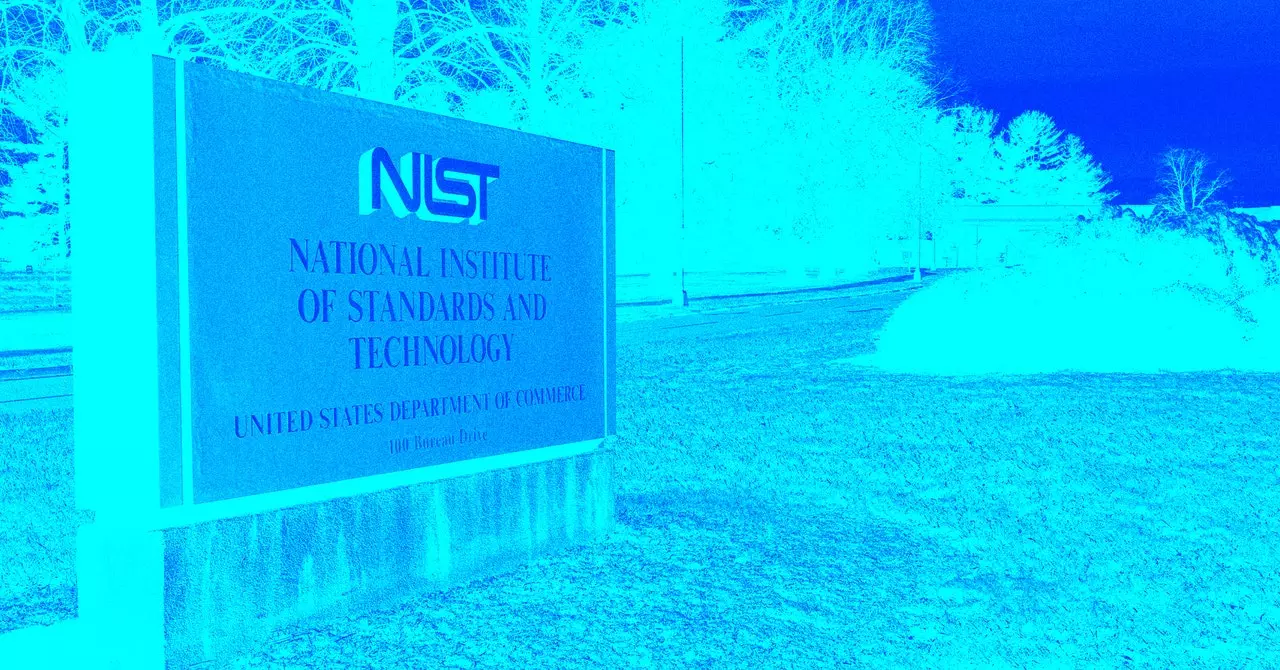The National Institute of Standards and Technology (NIST) is poised for significant transformation amid sweeping layoffs speculated to be executed under the guidance of the current administration. This potential shake-up raises critical questions about the dedication to maintaining rigorous standards in technology, innovation, and safety. As a non-regulatory entity, NIST plays a pivotal role in establishing benchmarks across a spectrum of industries, from consumer products to cutting-edge technologies, including quantum computing. The looming layoffs are seen as a direct product of the recent policy shifts spearheaded by President Donald Trump.
Circumstances within NIST have reportedly become tense as the agency prepares for potential cuts to its workforce. It is more than just staff reductions; concerns revolve around the impact of these layoffs on the agency’s effectiveness and integrity. Employees have indicated the atmosphere has soured, reflecting fears over job security and the future capabilities of the institution. This development serves as a stark reminder of the delicate balance between government efficiency and the preservation of essential standards that safeguard public interest.
Adding a layer of complexity to the situation is the involvement of a group referred to as DOGE, linked to prominent figures in the tech industry, including billionaire Elon Musk. Recent reports have indicated that DOGE staff were sighted at NIST’s facilities, leading to speculation about their role in accessing NIST’s vital technology systems. The whispers surrounding their presence suggested broader motives that intersect government operation with private interests—a blend that may redefine the essence of federal oversight.
Insights into internal communications suggest that preparations are underway for an extensive reorganization of the agency, with employees’ fears intensifying as they receive communications about potential layoffs. Ringed around the anticipated job cuts are recent hires considered more vulnerable due to their probationary status. As layoffs loom, concerns burgeon about losing invaluable talent that has been honed through years of expertise, particularly within crucial divisions like the US AI Safety Institute (AISI).
The inception of AISI coincided with former President Biden’s commitment to prioritize AI safety, a juxtaposition against the Trump administration’s apparent rescindment of policies that prioritize such initiatives. This irony highlights a broader theme of shifting priorities that can have long-lasting ramifications not only for NIST but for the U.S. technology landscape as a whole.
Leadership turnover within NIST has already begun to manifest, with prominent figures in the AI division opting to resign and seek opportunities elsewhere. The departures of key individuals such as AISI’s inaugural director, Elizabeth Kelly, and Reva Schwartz from the Assessing Risks and Impacts of AI program illustrate instability at an institution that thrives on collaborative expertise and innovative leadership. The strain of maintaining operational consistency amidst a rapidly changing political landscape ought to raise alarms about the overall strategy being employed by NIST moving forward.
Implications for the Future of AI Safety
The sentiments expressed by Vice President JD Vance, particularly during international gatherings focused on technological advancements, signal a deprioritization of crucial areas like AI safety and ethical considerations. As the information age continues to evolve at breakneck speed, neglecting these significant aspects can lead to dire consequences, not just for technological integrity but also for public trust in government institutions.
Moreover, the combination of leadership departures and proposed layoffs poses immediate and long-term challenges for NIST’s capability to fulfill its foundational mission. If the agency cannot retain its most experienced personnel, the implications for our collective pursuit of safety in emerging technologies could be staggering. The ability to both innovate and implement necessary safeguards is essential to ensuring public trust in various technologies that are increasingly woven into the fabric of everyday life.
A Call for Reflection
As we dissect the impending changes at NIST, the overarching narrative becomes clear: the intersection of governmental policy, leadership stability, and technological integrity is critical. The cuts on the horizon could vastly reshape not only NIST but the broader landscape of federal technological oversight. It is imperative for stakeholders—both inside and outside the government—to engage in crucial dialogue about the future of standards, regulations, and the overarching goal of safeguarding public interest in an era defined by rapid technology advancements. The time for vigilance and proactive engagement has never been more urgent as we navigate these potentially perilous waters.

